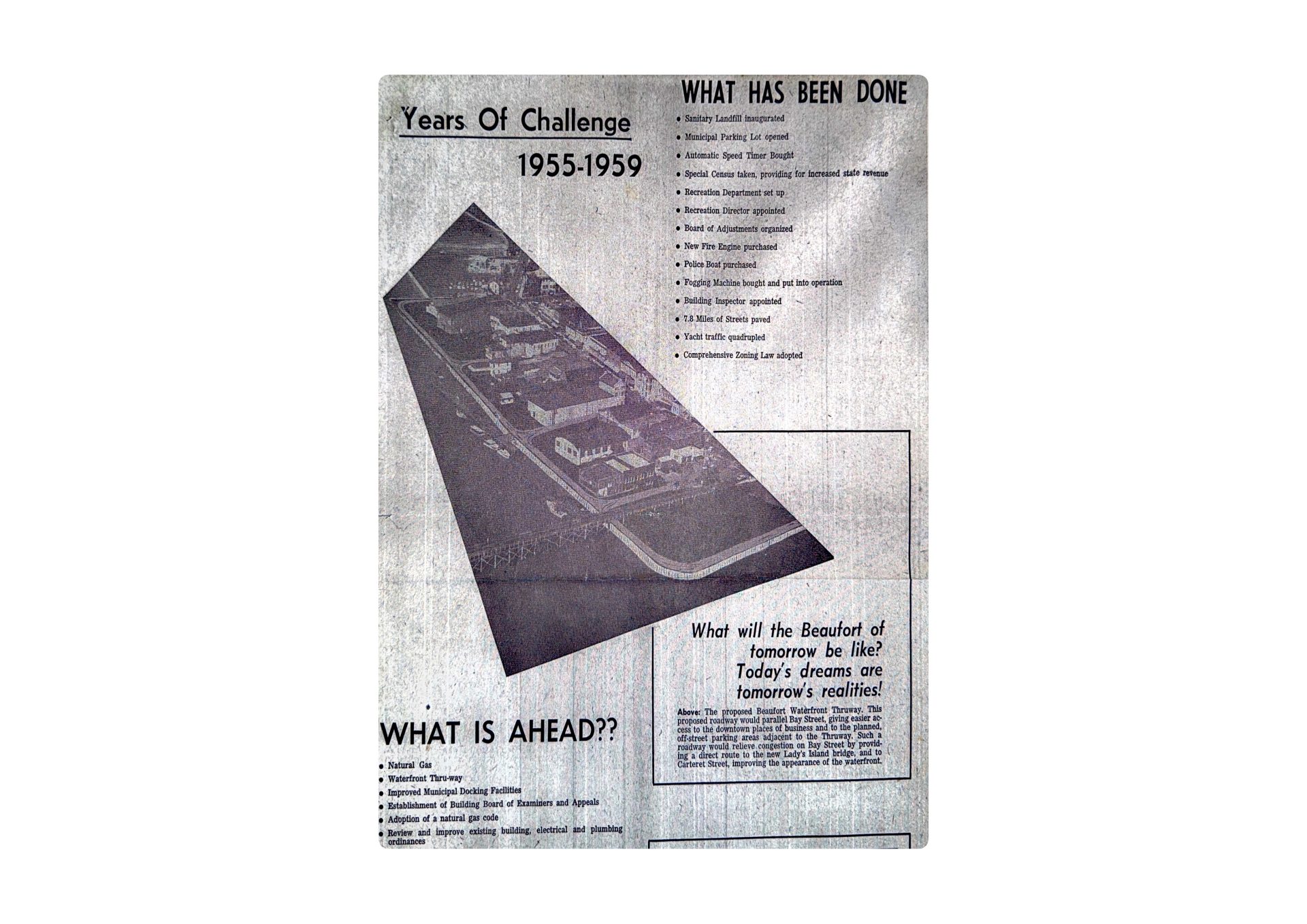By Bill Rauch
 Inaugurations signal new beginnings, and the table is set in Washington now for the new administration to further limit the cigarette smoking habit that kills half a million Americans each year.
Inaugurations signal new beginnings, and the table is set in Washington now for the new administration to further limit the cigarette smoking habit that kills half a million Americans each year.
For context that is roughly the same number of U.S. lives that it is estimated COVID-19 will have taken from March, 2020 to March, 2021.
As with all things tobacco, the lawyers and lobbyists are quietly lined up to preserve the status quo, and the money with which to pay them is limitless.
Perhaps it shouldn’t have been, but it came as a surprise to me to learn that the tobacco companies add nicotine to the cigarettes they manufacture and sell.
Yes, nicotine exists naturally in trace amounts in tobacco, as it does also in red peppers, eggplant, potatoes and other members of the nightshade plant family. In these trace amounts, tobacco, when it is smoked is not addictive.
However when manufactured nicotine is added in the amounts found today in cigarettes it becomes, as we all know, highly addictive. Moreover, nicotine in these amounts also causes the hormone dopamine to be released which provides the pleasant sensation of victory and its attendant satisfaction.
Nicotine in these doses causes also the release of the endogenous opioid hormone beta-endorphin which is known to relieve feelings of anxiety, and there are other feel-good effects, too.
Nicotine is strong stuff.
Observing all this in the early years of the 20th century, the cigarette companies began adding to their cigarettes various amounts of manufactured nicotine so that their products would more reliably produce these beneficial effects. For example, today by one recent study a Marlboro red, Winston or Viceroy cigarette contains 10 times more nicotine (1.0 mg/cig.) than a Kent, Capri, or Marlboro ice (0.1mg./cig).
The history here is a telling look into the legislative power of the tobacco companies.
Recognizing nicotine as a substance that causes addiction and adverse health effects in 1890, 26 states passed laws prohibiting the sale of nicotine bearing cigarettes to minors. But still cigarettes were a rarity, and most American physicians throughout their professional careers before World War I had never seen a case of lung cancer.
Smoking didn’t really become commonplace in America until WWI and the Roaring 20s. Then, in the years after WWII, studies that linked smoking specifically to heart disease, cancer and other serious illnesses began appearing regularly, but it was not until 1964 that the Surgeon General of the United States officially connected smoking with cancer.
Then, 30 years later in 1994, the Food and Drug Administration (F.D.A.) officially recognized nicotine as the substance in tobacco products that causes dependency, yet it took another 25 years and countless lawsuits before the U.S. Supreme Court in 2009 in a landmark ruling deemed legal The Family Smoking Prevention and Tobacco Control Act that finally decided the F.D.A. has the power to regulate the advertisement and production of cigarettes and other tobacco products. Limits on advertising have resulted from that legislation, but no limits on production — specifically the amount of nicotine that may be added — have been imposed.
And there the matter has sat for nearly a dozen years.
It must be said here that two highly-publicized safety efforts by the tobacco companies were tried and that they failed.
As the adverse health effects of smoking became known in the early 1950s the cigarette companies brought out “filtered” cigarettes. This was good business because the cost of the filters was less than the cost of the tobacco the filters replaced. And clever ways were found to cause the used filters to turn brown thus leading smokers to conclude that the filter had removed the bad stuff from the smoke.
But research showed some filters contained asbestos and other substances that turned out to be even more carcinogenic than the nasty tar and the some 60 other substances that cause cancer that the filters were assumed to remove. And, besides, filtered cigarette smokers puffed harder to get the smoke through the filters so there was no effect on per smoker lung cancer results except that some studies showed the cancers began deeper in the lungs of the smokers who smoked filtered cigarettes.
Then, in their second effort in the late 60s and early 70s, now ultra-sensitive to the incessant bad business news of cancer risks, and sincerely wishing to keep their customers alive longer so that they could purchase more of their products, the cigarette companies introduced low tar or “ultra light” cigarettes.
These were supposed to be healthier, but subsequent studies found that smokers who smoked these cigarettes puffed harder and held the smoke in their lungs longer so that the predominate conclusions of those studies were that there was effectively no appreciable health benefit to the new low tar offerings.
For 7 1/2 years after the Supreme Court affirmed The Family Smoking Prevention and Tobacco Control Act, President Obama, a smoker himself, and his F.D.A. did nothing to limit the nicotine added to cigarettes.
President Trump appointed Dr. Scott Gottlieb his F.D.A. Commissioner. Referring to reducing the amount of nicotine in cigarettes and vaping tobacco, Gottlieb said in 2017, “This unprecedented public health opportunity, contrasted against the cost of doing nothing, weighs heavily on me.” Gottlieb persisted and along the way he learned a lot about the realities of politics.
The day Gottlieb’s F.D.A. announced it would study reducing nicotine levels in American-produced cigarettes the combined value of U.S. tobacco company stocks decreased by an estimated $60 billion. By April 2019, seeing his efforts to bring about the necessary change would go nowhere, defeated, he resigned “to spend more time with (his) family.”
That was it.
Soon it will be Joe Biden’s turn.
Congressman Clyburn’s endorsement and the votes of African Americans in the South Carolina Democratic Presidential Primary vaulted the President-elect from the back of the pack to the front, and the votes of newly-registered African Americans in Georgia took him over the finish line.
The cigarette companies market menthol cigarettes specifically to Black Americans. And while a smaller percentage of Black Americans smoke than do whites, the rate of death caused by African Americans’ smoking in this country is higher than that of whites. That’s because menthol cigarettes are generally loaded up with more nicotine than non-menthol cigarettes.
Does the President-elect have a motive to move on nicotine? Yes.
Does he have the political will? We shall see.
As my son who plays Fortnight likes to say, “This will be a battle royale.”
Bill Rauch was the Mayor of Beaufort from 1999 to 2008 and has twice won awards from the S.C. Press Association for his Island News columns. He can be reached at The RauchReport@gmail.com.





